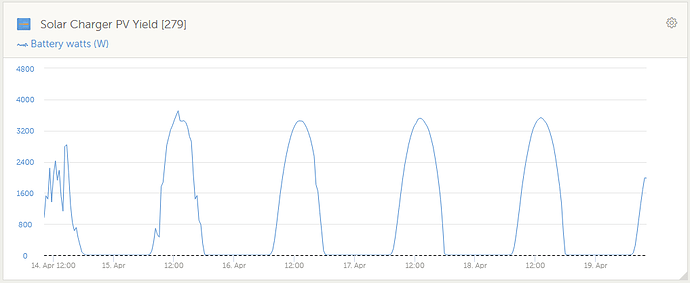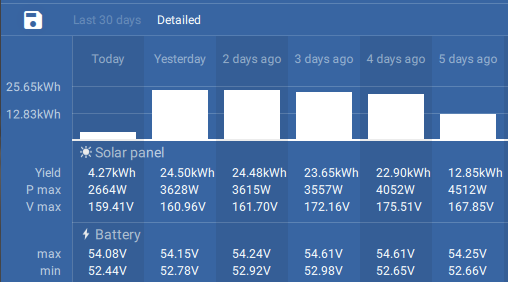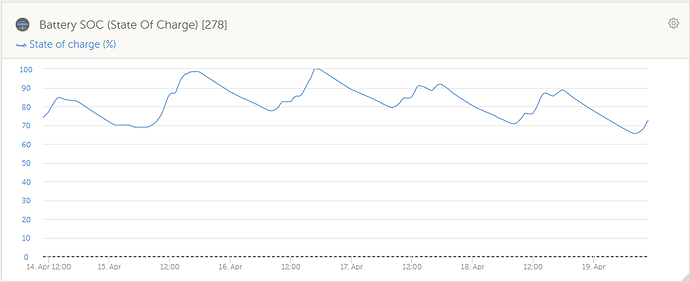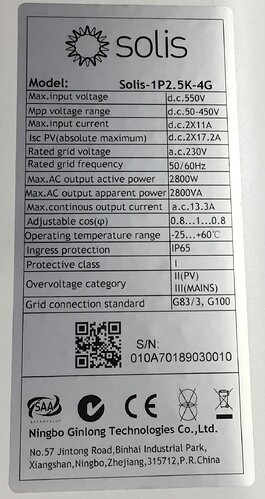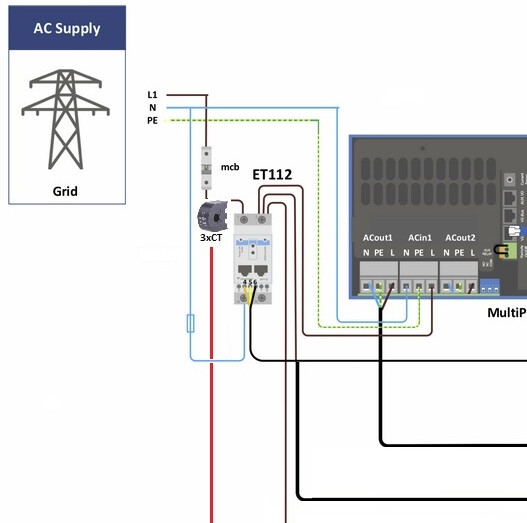This is the Solis I now have:
And I know how to connect it, no, have it connected by a specialist - yeah, not my cup of tea:
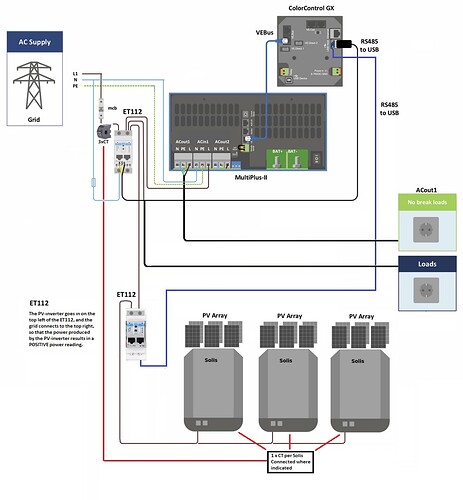
However, it is still “maak 'n plan”, not “plug and forget”. Not like the Fronius, integrated, so, I’m not going there yet, at least, not unless Eskom gets worse. And I don’t think that is going to happen, seeing as Cpt is making serious moves. The private sector is making moves, and many in SA have made moves. Will see.
Also, when CoCT is ready for home user feedback - 2025 (?) - I can sell back in the summer using the Solis. Also realized, one can only sell back if there is no LS … so that call must be made wisely.
Anycase, will mount the Solis right next to the main DB, a small rewire and the Solis can be on the Critical Loads DB with the Victron … if I’m “forced”.
For the foreseeable future:
Stock standard grid-tied Solis with the main DB.
Eskom is on, Solis heats geysers primarily, as all are on the Non-Critical DB in any event.
The rest is on the Critical Load DB, and there I have a 5.2kw array.
Thinking is:
Can use more batts at night in winter and recharge them “faster” during the day if the Solis takes care of the geysers, 2 of them.
Spare from the main system, there will be, can help with geysers for the 2 hours per day … seeing as I can heat 2 at a time, or sequentially on not-too-bad weather days.
How do I envisage it?
Solis does Solis, Victron does Victron ito to not feed anything back initially.
The first question now:
Does the Solis CT come before the Carlo, or after the Carlo?
My “feeling”, and it is “biased”, is that the CT of the Solis comes first, then the Carlo, then the main DB.
Any thoughts will be appreciated.
EDIT: O, the Solis is all about ROI. 7 adults and 2 geysers, is a challenge.
FWIW, the 3rd Geysers is the “happy marriage” geyser. 50l kitchen one and it is permanently on Eskom,. I don’t care. 

